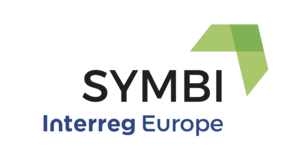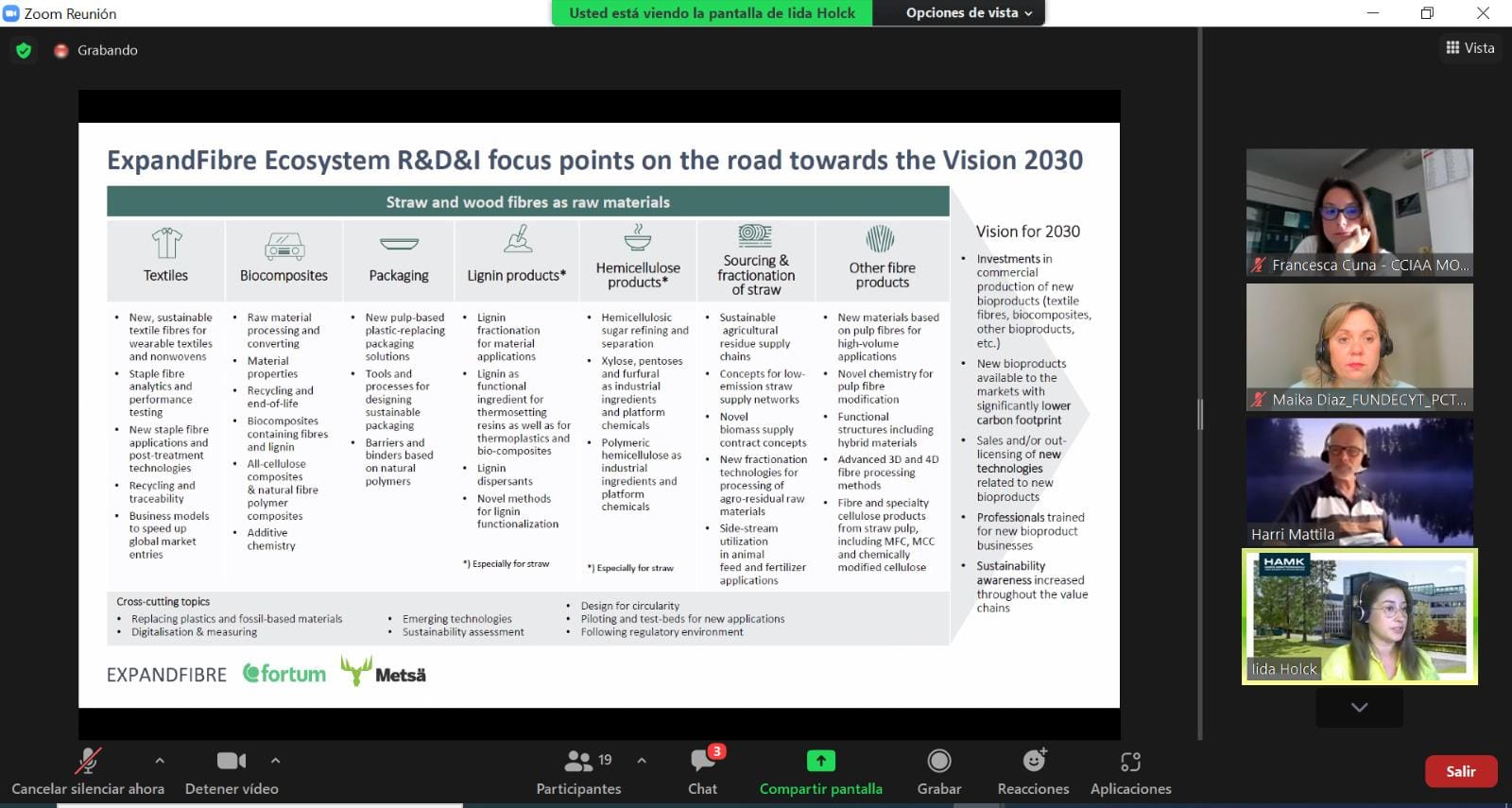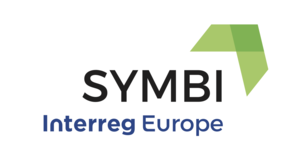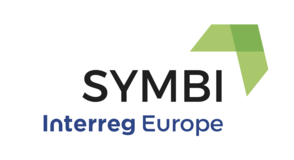Our Slovenian partners, Government Office for Development and European Cohesion Policy and Regional Development Agency of the Ljubljana Urban Region organised in the cooperation with the Climate KIC – in the framework of the SCALER project- a joint workshop about Industrial Symbiosis. The workshop was initially planned to take place at the start of March 2020 face-to-face in Ljubljana, but due to the COVID-19 it was postponed to October 2020 and redesigned for delivery in online format.
The workshop raised interest,10 participants joined us on the day of the workshop.Due to the manageable no of participants they decided to remain in one group and work together using the Ocean of Opportunity method and Priority Visioning tools, which can be further used when preparing the policy recommendations. The final outcome of the participants’ work on the ‘Ocean of Opportunities’ tool is shown below:

Several on-the-ground initiatives were identified, primarily related to the areas of building materials, biomass re-use, circularity in the maritime sector. The main barriers identified that would enhance Industrial Symbiosis implementation, are:
- Policy (incentives provision and standardisation of by-products)
- New partnerships required
- New profitable business models required
- Citizen / Stakeholder engagement
- Need to display potential via pilot projects and not remain at lab scale
- Lack of trust between on-the-ground stakeholders
Priority Visioning & Scenario Generation
The workshop participants considered Policy and stakeholder Engagement as the barriers that need to be prioritised, for speeding up Industrial Symbiosis implementation. The topics were discussed in conjunction

Policy
Policy was also considered as an enabler for on-the-ground implementation of innovative ideas and enabler for trust-building between stakeholders (see more under the ‘Stakeholder Engagement’ timeline below). It was pointed out that irregular policy development cycles make it difficult for stakeholders to contribute, while contribution is normally requested late in the policy development process and the input is required in short timeframes. Therefore, it was discussed how public institutions can incorporate stakeholder discussion as an integral part of every decision-making process.
• 2022: provide fiscal incentives for building prorotypes and for supporting the use of secondary materials. Start developing regular policy-making cycles (not ad-hoc)
• 2025: adapt legislation based on information flowing in through prototypes. Streamlined regular policy-cycles are communicated to external audiences.
• 2030: Fiscal incentives are not needed anymore – Industrial Symbiosis activities provide economic benefit from the outset/in short timeframes. Regular policy-making cycles are known to all stakeholders so they can input.
Stakeholder engagement & New Partnerships
The lack of trust between on-the-ground stakeholders in Slovenia was intensively discussed during the workshop, as well as the role of Policy in starting to build and expand this trust.
Main barriers to trust building have been identified as:
a) Lack of awareness about industrial symbiosis and why collaboration is necessary
b) No regular space for exchange between stakeholders
c) No industrial symbiosis awareness (streamlined media communication and education programmes are lacking at present)
Following this discussion, the timeline was developed as below:
• 2022: regular discussion spaces are created that engage different stakeholder types – enhanced facilitation skills are imperative for the convening entity to ensure well-functioning and fruitful discussion spaces. In order to reach most relevant stakeholders, work will need to be undertaken between 2020-2022 on identifying appropriate language and messaging for media that reach primary target audiences
• 2025: there is regular consultation and exchange of opinions of stakeholders involved in Industrial Symbiosis implementation; stakeholders know where to find each other and start Industrial Symbiosis activities that involve 2-3 stakeholder types or more. By this time Industrial Symbiosis information is streamlined in mainstream media and communicated to all audiences.
• 2030: there is full trust among all relevant stakeholders (industry, NGOs, public sector, academia etc.) and all of them are involved in the design of new Industrial Symbiosis activities. There is a smooth flow of information through various media channels that address different audiences.
The group pointed out that the discussion spaces and media communication need to be complemented by on-the-ground projects that display how the transition can be done/how the future cold look like. Therefore, it is crucial to quickly move from lab scale experiments into pilots/demos in order to provide inspiration, de-risk activities and create the conditions for transformation.





